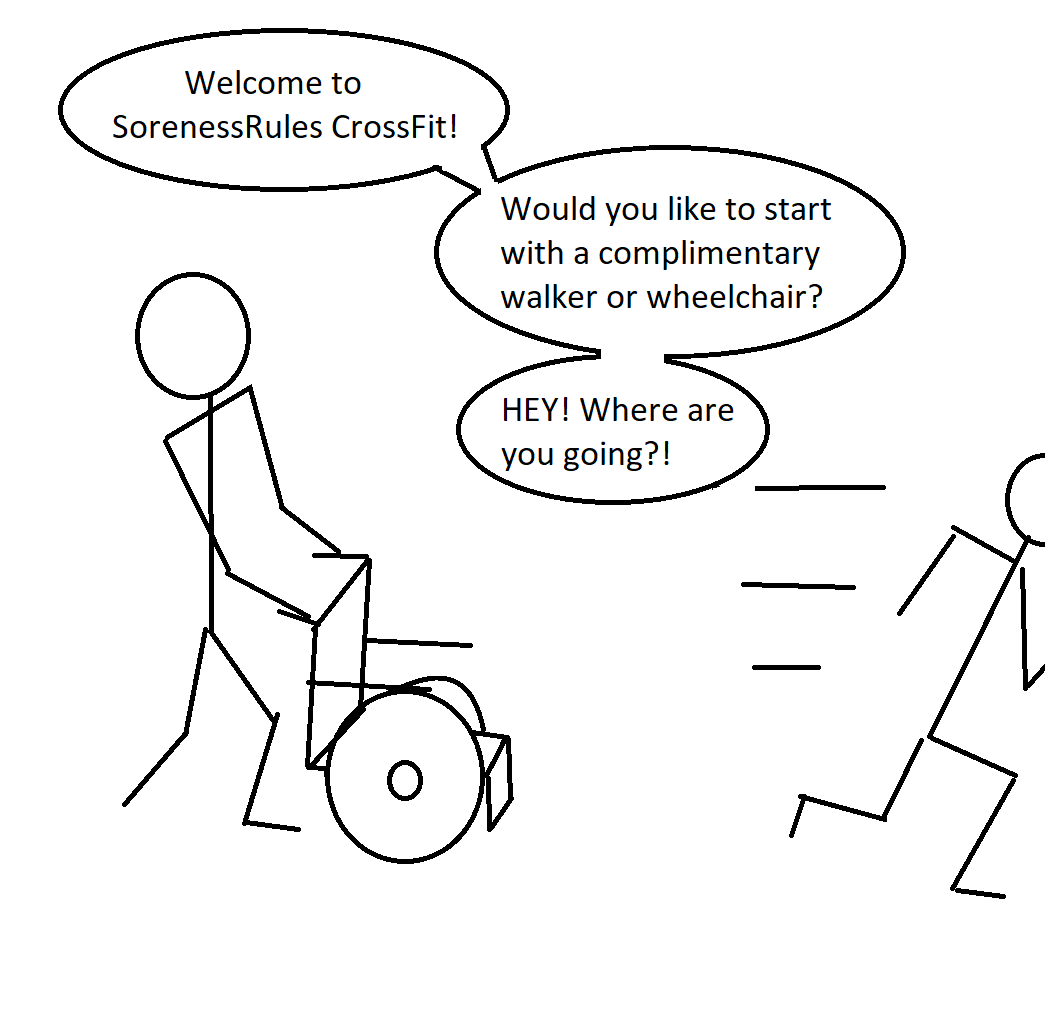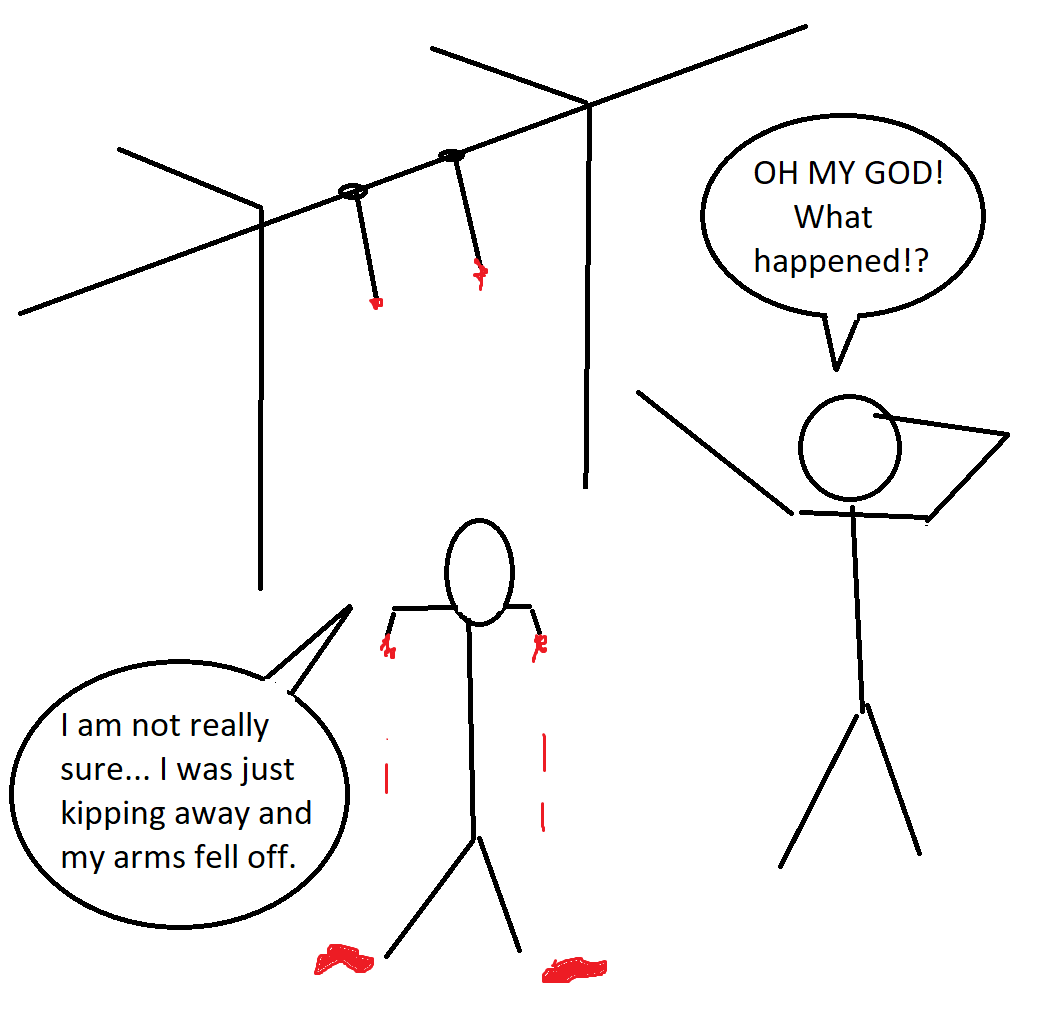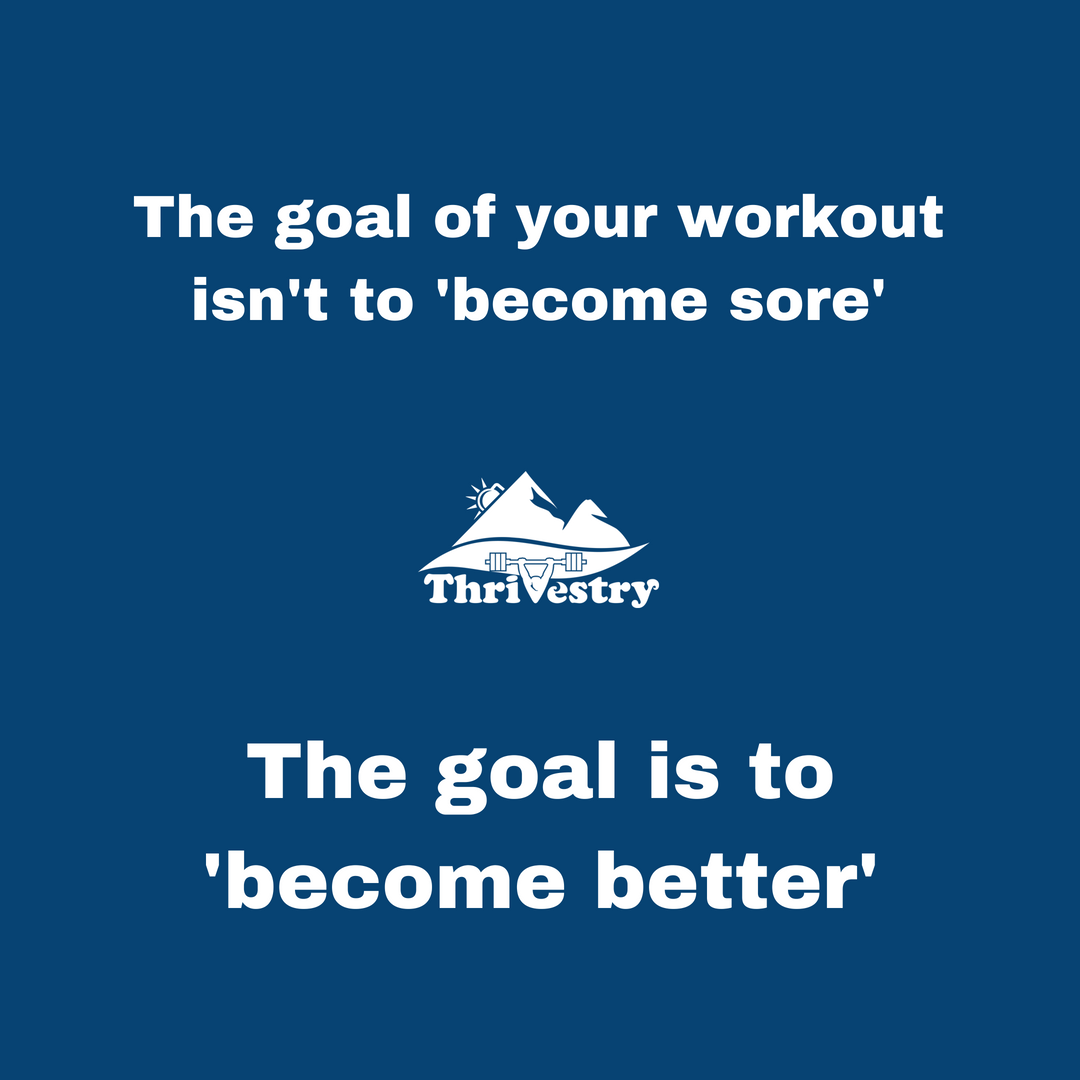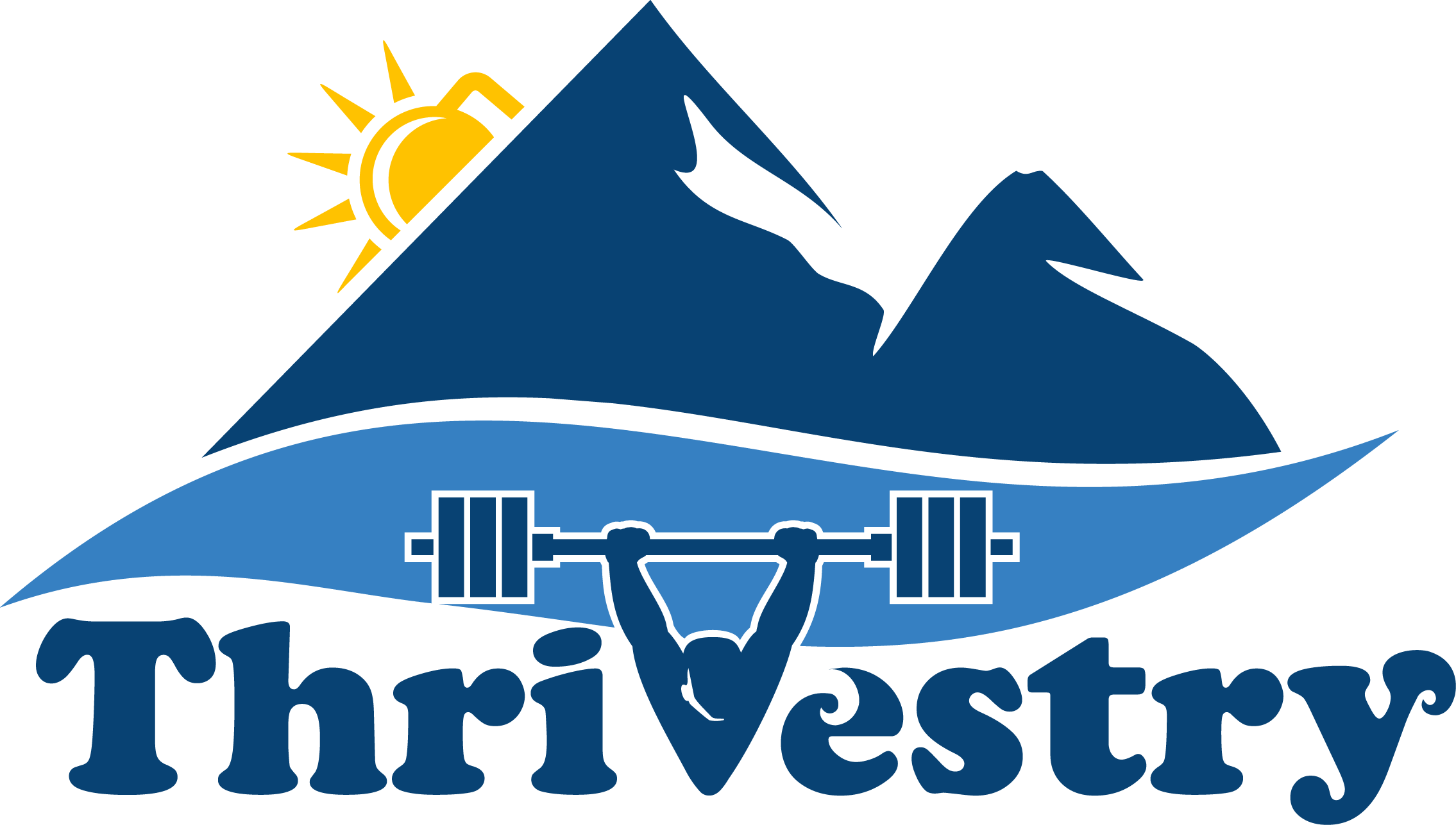The Goal of Your Workout Isn't to Become 'Sore', It Is to Become 'Better' (Reducing Soreness from Workouts)

Avoid Unnecessary Soreness
Being sore is pretty much an unavoidable part of training, but that doesn’t mean we should ‘look’ to be sore or that it is only a good workout if you are really sore!
General muscle soreness the day or two after a workout is usually called “Delayed Onset Muscle Soreness” (or DOMS). It is caused by muscle damage that occurs during workouts. This discomfort is one of the signals that tells our bodies to grow more muscle, increase blood capillaries, and more.
Side Note: This is one of the reasons why you should avoid taking NSAIDs like Tylenol or Advil and the like. No only do these things put your liver through the ringer, they blunt the stimulus that tells your body to get better! If you take these regularly, you are likely not getting the full benefits of all of your hard work! For a more ‘organic’, less detrimental, option, try taking turmeric or cumin.
So we have established that soreness isn’t a bad thing… but that doesn’t mean that it is a good thing either! The goal is to be just the right amount of sore so we can live our lives without a walker, we can shampoo our hair, and we can come back and train more consistently.
Have you ever wondered why some workouts/movements make you far more sore than others?
Movements
The biggest contributor to soreness are movements where the muscle is being lengthened against resistance. This is called ‘eccentric’ motion. When you catch a wall ball your arms have to slow it down, then you have to drop into a squat, this is a lot of eccentric movement. When you power clean and then drop the bar off the shoulders without holding onto it, you do not have any eccentric motion. If you power clean that bar in an unbroken set you will have some eccentric motion. If you do not keep your back flat and as you pick up the bar your back is forcefully rounded, you get huge eccentric loads (and a sore back)!
The biggest offenders are movements that involve lots of ‘lowering’ under control. Lunges, toes to bar, push-ups, wall ball, ring dips, pull ups, linked deadlifts, ghd sit ups… the list goes on an on. The movements that cause little to no soreness is much a shorter list; rowing, sled pushes, airdyne, and a few others.
Volume
Another big contributor to soreness (other than the movement itself) is the size of the set or total volume in a workout.
When performing a repetitive motion, the muscle will eventually start to run out of ‘juice’. It will not be able to perform the movement as quickly (or at all) and it will not be able to relax (extend) as quickly. If you are performing the movement and the muscles do not relax quickly enough (or you deliberately go slow), the muscle will be forced to extend (causing additional tears and damage).
This is why doing large sets of movements cause crazy amounts of soreness. Doing 150 wall ball in as few sets as possible is a guaranteed way to end up really sore. Tabata squats is another one that is pretty bad. Don’t try it, but 400m of walking lunges is one of the worst soreness inducing workouts I know of (trust me).
You will also want to keep in mind that this is why we have so many guides for scaling. Reducing the weight/skill, then doing tons of reps unbroken isn’t going to be good for soreness. You may think that ‘going lighter’ is safer for you, but you are better off in many cases doing a heavier load with fewer reps.
Style of Movement or ‘Forced Reps’
The last big contributor to soreness I’ll mention today is ‘forced reps’ or kipping (there are other things like new range of motion, nutrition, hydration, sleep, but that will have to come in a different article).
What is really interesting is that when we kip on a pull up, toes to bar, handstand push up, etc. We are essentially using other parts of our body to achieve the movement standard, then doing a ‘forced rep’ on the decent or lowering. The specific muscles may be completely unable to do the movement on their own, but when we kip we are able to get back to the top, and then we ‘force’ the muscles to extend in that depleted (non-stretchy) state.

One example that is not very intuitive is push-ups. When people start to fatigue on push-ups, it is common to get a little sloppy and start ‘peeling’ off the belly or the knees. This is going to get you back up to the top with less effort… BUT it is also going to allow you to do a negative with the full load (another ‘forced rep’). Don’t let yourself get sloppy and do forced reps! Drop to smaller sets or do them on the rings or a box at an angle.
Our Workouts
For Thrivestry programming, we are always looking to build intensity and get results while avoiding unnecessary soreness. If you have done other programming, you may have noticed how much more ‘beat up’ you have felt from doing workouts that weren’t designed with this in mind. Granted, you will still be sore (and sometimes REALLY SORE) from Thrivestry workouts as well, but it is important to point out that Thrivestry workouts do not beat you up as much BY DESIGN.
Do not get into the trap of thinking that because you aren’t as ‘destroyed’ doing these workouts, it means that they are less effective! In fact, they are MORE effective because they allow you to recover, get better, and come back for more without risking injury or ‘overtraining’!
Strategies for Reducing Soreness
- When doing movements that are likely to cause soreness, break up the sets early and often. Avoid going near failure. Drop to singles if necessary.
- Similar to above, when there is a large volume of reps required, watch the clock and set a steady pace with measured rests.
- Be careful with ‘forced reps’. Do not keep going even if you can kip out a few more reps but your limbs are done. Consider doing an easier ‘strict’ variation that will help you avoid forcing the movement.
- Make sure you are well hydrated, and that you are getting enough minerals like sodium, potassium, and magnesium. BEFORE the workout is key (but after is important too).
- When you can, try to ‘go with’ the movement when doing the eccentric portion. By telling your muscles to go with gravity, you will be more effective at relaxing/extending them.
- Be wary of workouts that have large sets, or that use the same muscles without reprieve. Be smart about the workout and change it to something that is less likely to trash you (or skip it all together). Just say NO to bad programming!
Some Points about “Rhabdo”
One thing you have probably figured out is that the things mentioned above are also what can induce Rhabdomyolysis. This is a condition where there is so much damage to the muscles that the body cannot process the waste products coming from the muscles and it is very serious. It can lead to kidney failure, amputation, and even death.
The primary symptoms are EXTREME muscle soreness that lasts for days. Crazy amounts of swelling (like you can’t even bend your arm past 90 degrees because there is so much fluid). And brownish urine.
If you follow the strategies above, you are extremely unlikely to get “Rhabdo”. But if you do have the symptoms above, it means you should talk to your coach immediately and think about seeing a doctor (if not calling one right away).
Soreness Does Not Equal Better
When we first start training or come back from a hiatus, there is usually more than typical amounts of soreness. As we improve, and our bodies adapt, what used to leave us hobbled doesn’t even register.
The tendency is to associate the soreness with progress. To keep chasing that feeling of being wrecked that we had early on. Don’t do it! Just because you aren’t terribly sore from a workout doesn’t mean that it didn’t make you better.
The goal is not to “become sore”. The goal is to “become better”.

Thrive on.
-jj

0 comments
Leave a comment